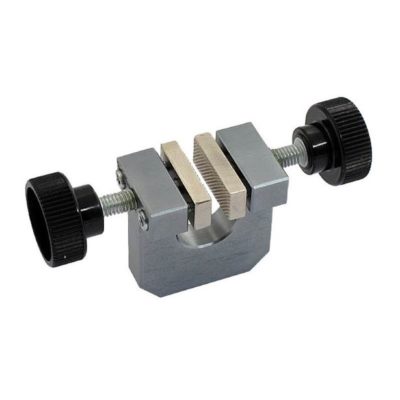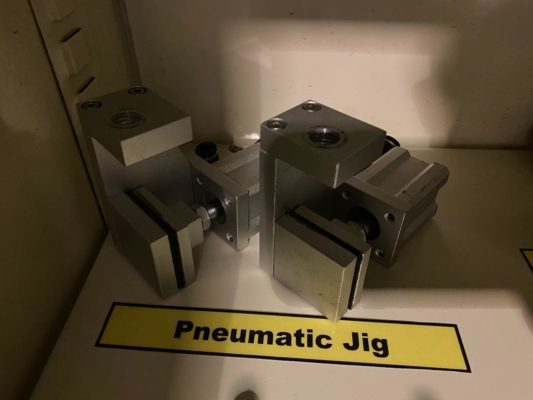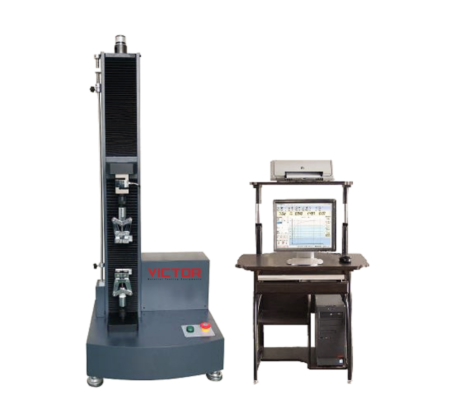ASTM D828 is among the ASTM standards that are often used in the industry. ASTM is an international standards organization that is located in the United States of America. The purpose it was introduced to the industry is to publish technical standard agreements for various materials, product, systems and others.
ASTM D828 Test Standard
Description
ASTM D828 is an international test standard designed to determine tensile properties of paper and paperboard. The procedures given in this test method are for use with constant-rate-of-elongation tensile testing equipment and as such, may be used with instruments designed for either vertical or horizontal operation, and whether manually operated or computer controlled. These procedures are applicable for all types of paper, paperboard, paper products, and related materials within the measurement limitations of the equipment used. They are not for use with combined corrugated board.
Specimens
1. Paper and paperboard
Grips
1. Mechanical vise grip

Screw action, or manual mechanical vice style grips provide a simple and effective way of gripping test specimens. They are successful and affordable and serve a wide range of applications. The grips feature interchangeable dual-acting jaw faces that can be adjusted to handle different specimen thicknesses.
2. Pneumatic grips

Pneumatic grips are excellent fixture choices for this standard. This type of grip is adjustable in order to offset the jaw faces and ensure that the lap joint remains centered in the grips, and the feature quick-change jaw faces that can be easily changed to accommodate different materials.
Type of UTM machine
We recommend to use UTM machines with a capacity of 50N-2kN, it depends on the strength of the specimen. We also recommend to use smaller machines such as single column or dual column floor types. Due to the low forces involved, a 500 N load cell is considered the maximum when testing to these standards.
- VEW 260E

VEW 260E desktop computer servo testing machine is a new material testing machine that combined with the electronic technology and mechanical transmission, it has accurate load speed, range of force measurement, Has high accuracy and sensitivity for the load, displacement measurement and control. This series of machine using single-space structure, operational space at the bottom, it is mainly applied to test non-metallic and metallic material, which the load is less than 1kN, it has the parameters, such as stress, strain, the control mode of displacement, calculated max force, tensile strength, bending strength, compressive strength, elastic modulus, rate of elongation, yield strength and others.
Main function:
This machine can be applied to test lots of materials in tension, compression, tear, peel (can 90 degrees and 180 degrees) and other mechanical tests, such as rubber, tires, belt, shoes, plastic, film, acrylic, FRP, ABS, EVA, PU, aluminium-plastic pipe, composite materials, waterproof materials, fibers, textiles, wire and cable, paper, gold foil, ribbons, thread, spring, wood, medicine packaging materials, tapes etc.
Test Procedure
1. Prepare and condition the test specimens according to the dimensions and guidance described in the test standard.
2. Insert the specimen into the grips at the specified grip separation and carefully align the specimen in the direction of the applied force. An alignment jig may be beneficial.
3. Note that the pressure applied to the grip clamping surfaces could play a large role in testing results. Trials may be needed to determine optimal grip pressure for the material being tested. Pneumatic grips with adjustable pressure settings can help provide for more easily repeatable tests.
4. Apply load to the specimen at the constant rate of grip separation defined in the standard.
5. Continue test until specimen failure, while ensuring that the specimen does not slip in the jaws or break within the clamping area.
Measurements
1. Tensile Strength at Rupture
2. Elongation at Rupture
3. Tensile Energy Absorption
